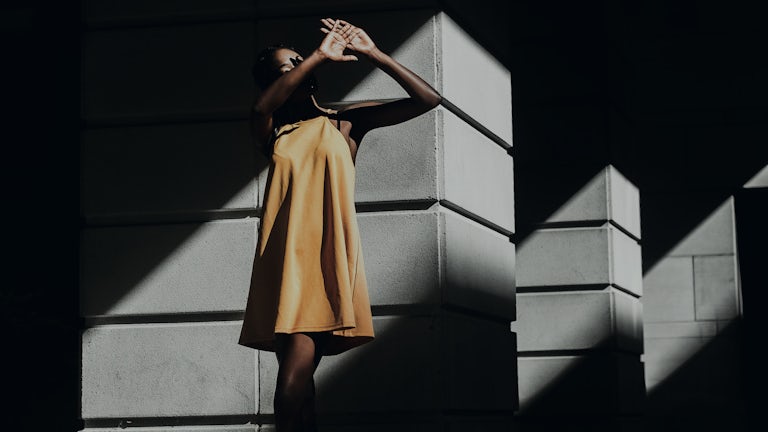Shopping Bag (0)
Shopping bag is empty

Influence isn't going anywhere; it's just growing up, as an extensive study of Generation Z outlines.
"Influencer" – the hype word of the past few years has seen brands riding the wave, making some very mediocre people famous and creating a whole new vocation for careers advisors. In fact, becoming an influencer has been top of the Generation Z career list for the past few years. After all, where is the downside?
And yet chatter around the influencer bubble bursting is rife, as perfection fatigue, a lack of authenticity and fake engagement have started to show the cracks. And then the spectacular car crash of Fyre Festival really took the shine off a career that previously looked bullet-proof.
For Seed’s 2019 What Matters To Us research, more than 1,000 students were surveyed and it found that many, some of whom are micro-influencers in their own right, are now questioning how they should be behaving when it comes to brand interaction. Only 6% of students agreed that Fyre Festival was not the fault of influencers and they should not be held responsible, while a third admitted that they have lost some respect for these influencers. Refinery29 recently printed a comprehensive list of all the celebrities tied to Fyre – the internet has a long, and sometimes unforgiving, memory.
Around 60% of UK students, post-Fyre, think influencers have a responsibility to make sure they are not misleading their fans. And half of all students feel those involved should have paid back fans from the combined millions they earned. Still, this won’t deter brands from engaging and assessing the commercial opportunities that the landscape affords.
We are entering an age when influencers are going to be held more accountable by their audiences. Brands will need to assess how this will affect them and their influencer strategy, from mega-star to student brand ambassador.
Students are already taking lessons and asking themselves what they would do in this position. A third of participants in the study thought that the Fyre celebrities are a lesson in how careful they need to be when promoting something in the future. This will make dealing with them more time-consuming, as they look for assurances that they are not setting themselves or their subscribers up for a fall.But where does this leave the influencer landscape? For brands, the considerations will be twofold: who and how when it comes to finding the right influencer; and how much, as brands grow tired of paying to stay visible on social media.
Taking a more considered approach to influencers might be the natural solution for staying on social platforms, but in a less direct way. Last month, beauty brand Lush announced that it would be shutting down its UK social media channels and increasing its work with influencers. Customers will now connect with the brand through a people-to-people, rather than a brand-via-platform-to-people, approach.
That's great news for influencers, if they want to be at the mercy of the brand. Because for those who want more control of their revenues, there are now new platforms such as Escapex, where 350-plus celebrities with a collective audience of 3.5 billion people are migrating for smaller, more private groups. Cutting out the brand and being paid directly by fans to generate content not available to the masses makes sense and allows them to grow their own brand, not somebody else’s. It allows them to own content, to avoid any Fyre-style scandals and to guarantee their posts will be seen. They can never be accused of selling out.
So, as brands become more reluctant to play by rules set by social media giants and influencers become more careful and savvy about their reputations and content, we are going to see a much more grown-up attitude than the wild west we have experienced thus far.